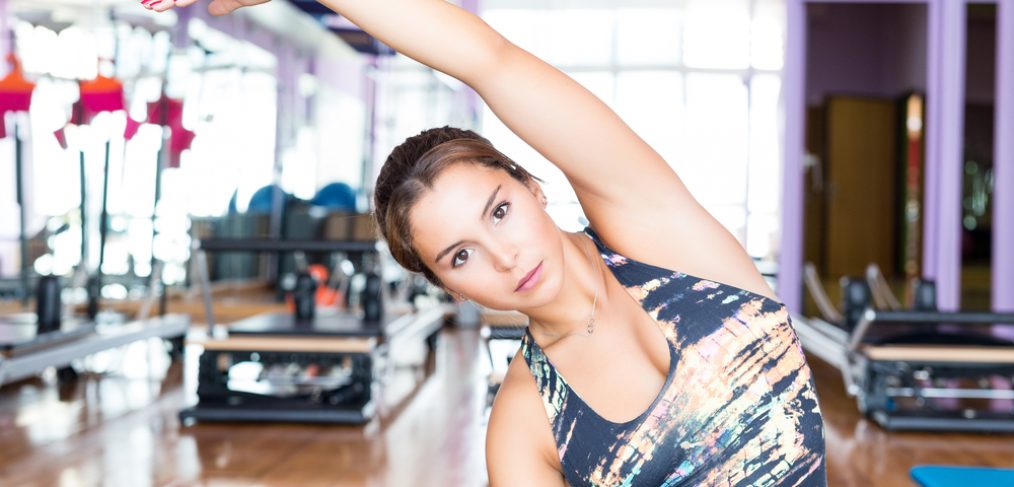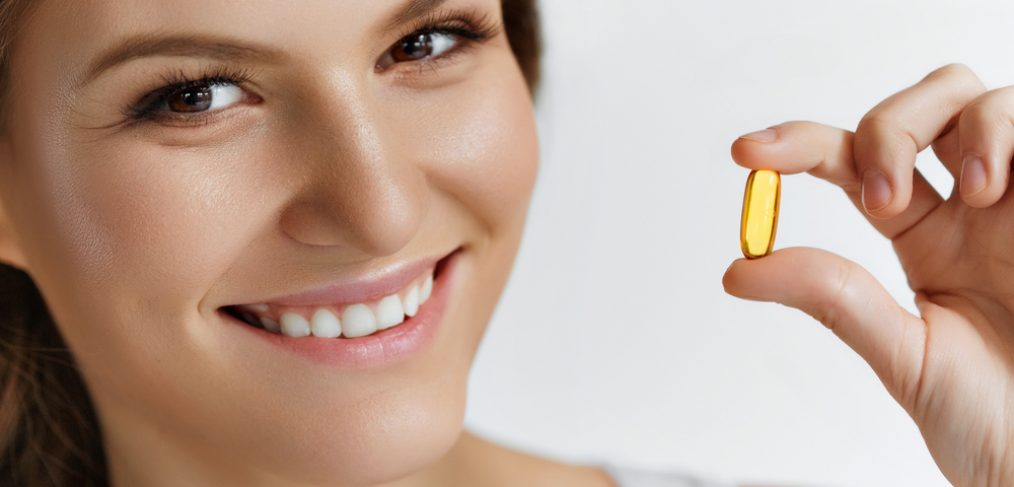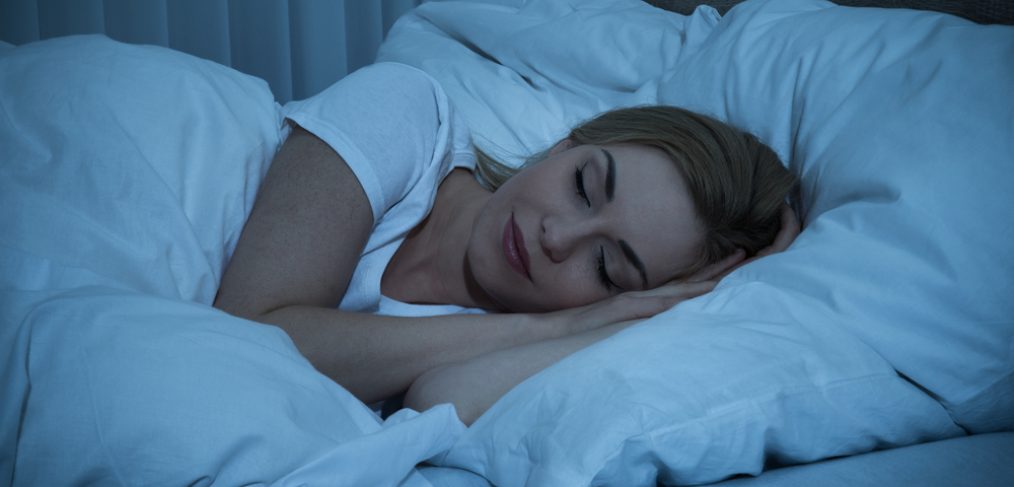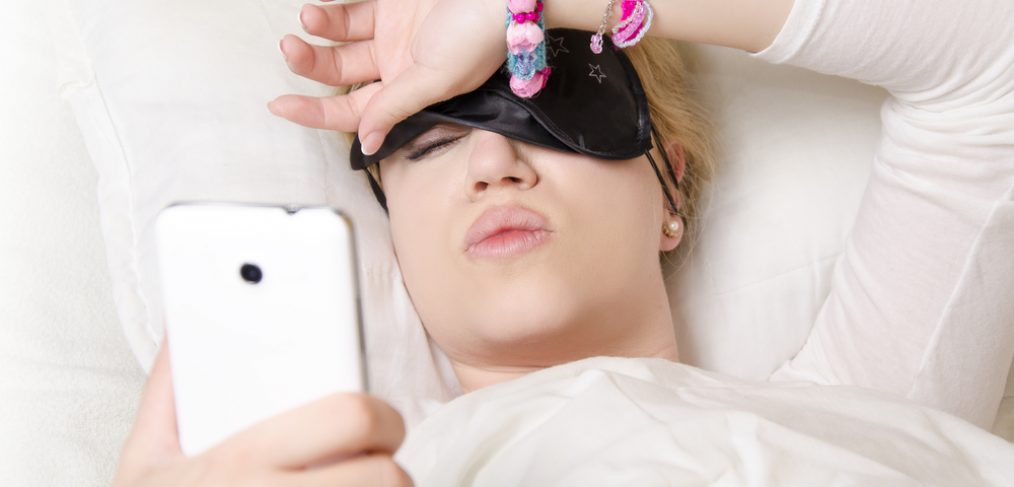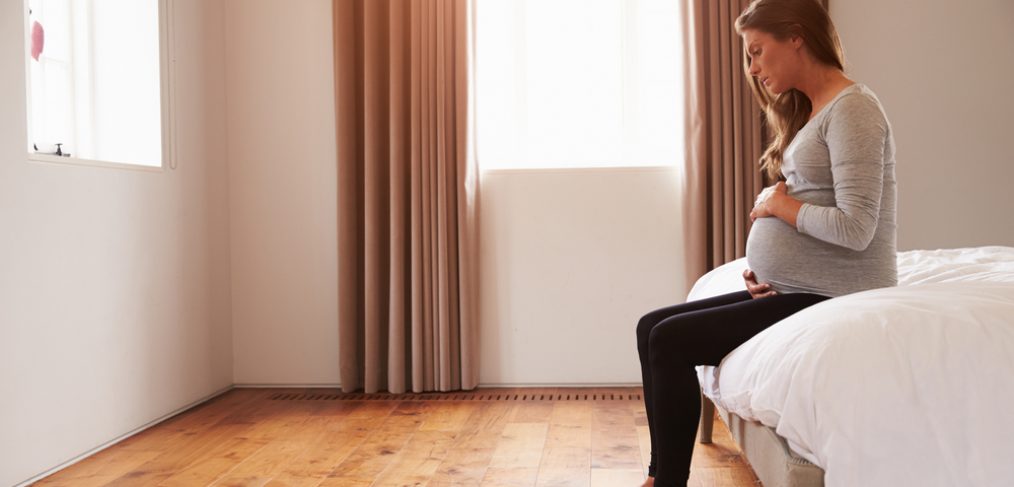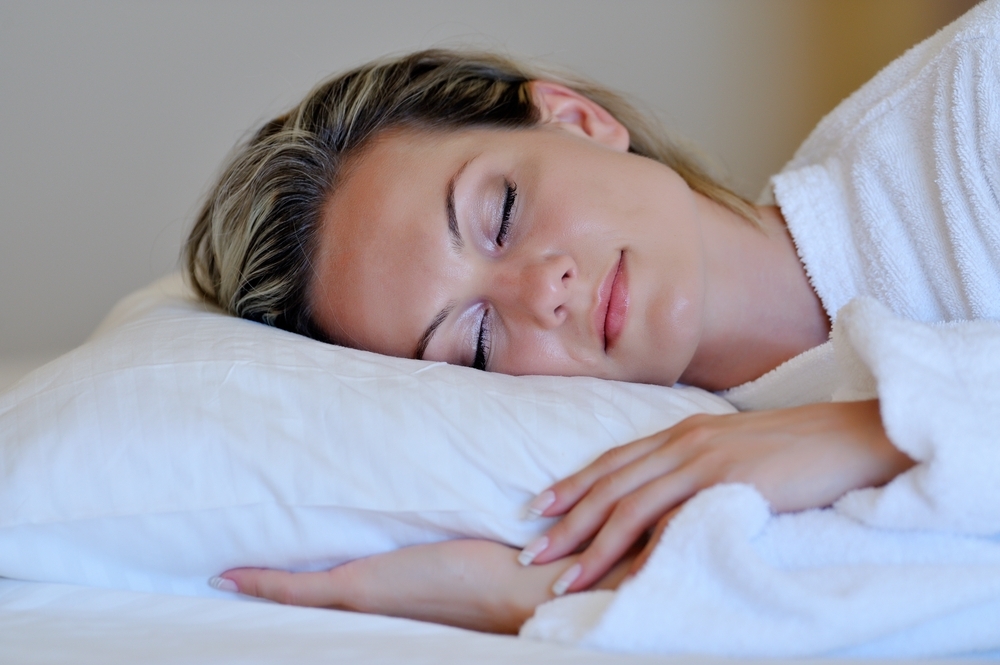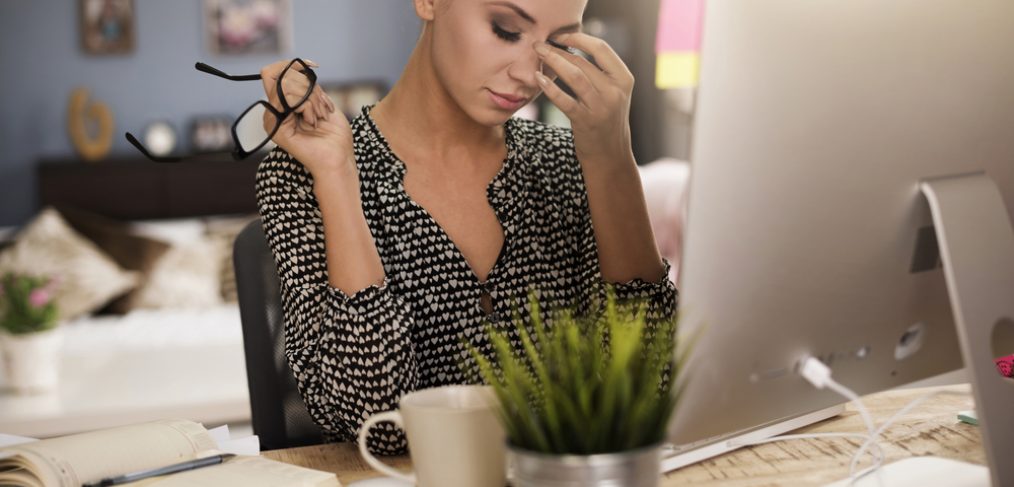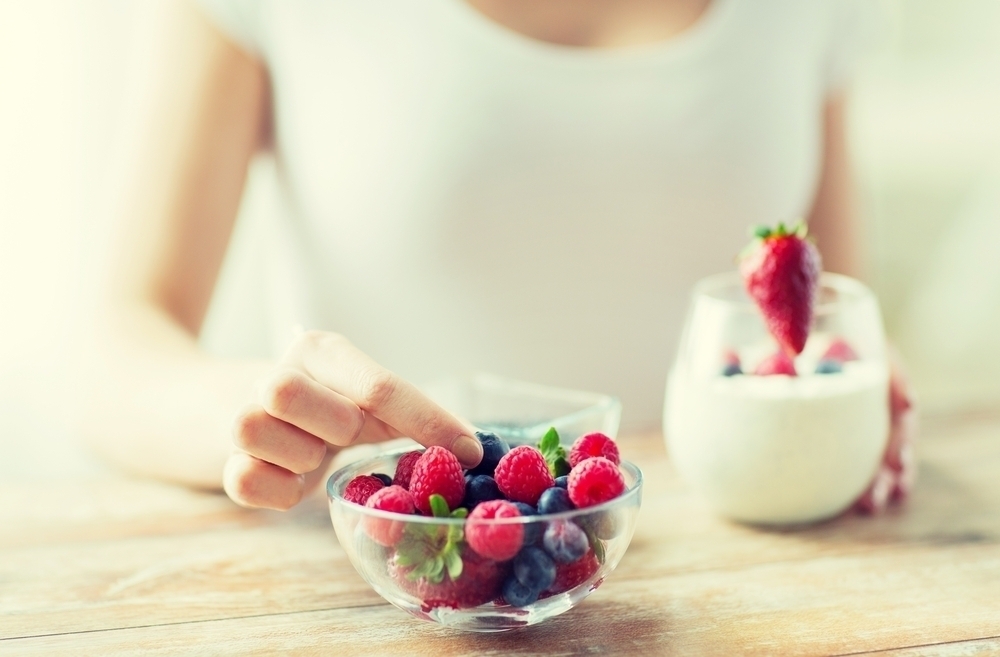Humorist Dave Barry once said, “Albert Einstein discovered that a tiny amount of mass is equal to a huge amount of energy which is why you have to exercise for a week to work off the thigh fat from a single Snickers.” Although this may be a bit of comedic hyperbole, looking at the calorie burn exercise time ratio can be quite disheartening. For example, according to an infographic, a 490 calorie Big Mac will take the average women over an hour of weightlifting to burn. Wash it down with a soda and that’s about two hours of cardio. With those kinds of figures, you could spend the next few years in a never ending cycle of eating and exercising. So where do we draw the line? How do we decide how much exercise is enough and how much is too much? Here are some hard and fast guidelines that will help you find out the ideal amount of exercise for your body.
How Much Exercise Do I Need?
According to the Centers for Disease Control and Prevention, you should be getting thirty minutes of aerobic exercise 5 days a week. But the American College of Sports Medicine says that if you’re are doing a high intensity workout, you can cut that number down to 75 minutes a week with strength training and stretching 2 -3 days a week.
For Weight Loss
If you are looking to drop pounds, a study in JAMA Oncology found that 300 minutes of physical activity each week was the best way to obtain the greatest loss of weight and body fat. However, if that number seems a little out of reach to you, there may be other ways of achieving weight loss goals. Lisa Cadmus- Bertram, Ph., assistant professor of kinesiology at the University of Wisconsin explains, “… for most people, there is more room to cut calorie intake than to expend very large numbers of additional calories.” In other words, the key to success is burning more calories than you are taking in, so if you cut down on food intake, you may be able to avoid spending half a day at the gym.
To Tone Up
To add additional tone, incorporate resistance and strength training. This will help to build muscle and also increase the basal metabolic rate, which is the amount of calories your body will burn calories when it is resting. Also, try to engage in a variety of exercises to challenge your body in different ways.
For Longer Life
By engaging in the 150 minute minute of activity per week with 2 to 3 days of resistance training, you are not only ensuring a fit body, but you are also working to strengthen the lungs and heart, to avoid inflammation and to prevent insulin resistance from developing.

For Better Sleep
A study of over 2,600 adults found that those who did their recommended amount of physical activity reported a 65% improvement in quality go sleep, were 68% less likely to have leg cramps at night and were 45% less likely to have difficulty focusing when they were tired as compared with individuals that did not get the recommended amount.
In short, aim for 150 minutes of aerobic activity per week and double that if you want to see weight loss results, but in the end it is most important to balance your exercise with food intake and maintain a schedule that works for you. Let us know how you do it. Eat happy and be healthy!



